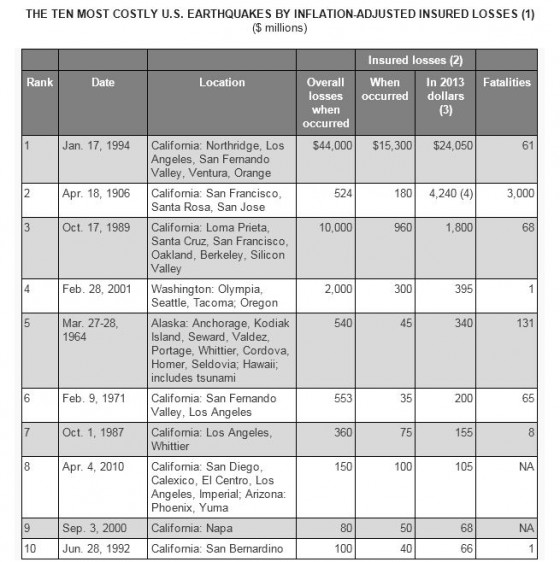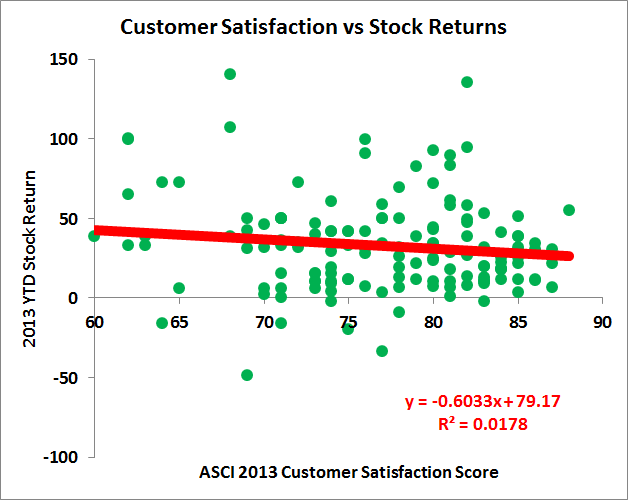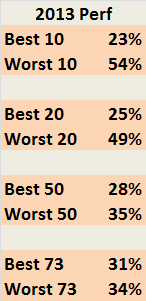Properly assessing risk is critical to any business. Successful businesspeople understand that every decision they make must be weighed against the potential risk to the company. This risk assessment must not be limited solely to situations directly related to the business itself, however.
They must also consider reputation risk, or the risk events will have a negative impact on one’s personal reputation and, by extension, the business.
Whether fair or not, the decisions made in someone’s personal life can have a substantial impact on the company they are connected to. This risk extends beyond just the owner or executives of a company; employees caught doing unscrupulous things can cause a public relations nightmare for the business, ultimately resulting in massive losses for the company itself.
Assessing Reputation Risk
Unlike business transactions, where there are countless models and historical examples of the likely risk and reward of most given situations, reputation risk is far harder to quantify and prepare for. It is nearly impossible to predict, for example, whether or not an executive will get belligerently intoxicated and assault a police officer. The executive can bring unwelcome attention to the company, which in turn can cause investors, advertisers, and partners to shy away in the short or even long-term.
Exacerbated in the Social Media Generation
Social media platforms such as Facebook and Twitter have dramatically intensified reputation risks. In the past, it was possible for a relatively minor incident to be swept under the rug or forgotten relatively quickly. If not, chances were good that a story would stay relatively local, perhaps reported in an area newspaper once or twice before fading from memory.
Today, however, even a single story in a local newspaper (or, worse, an online blog) can be shared and re-shared thousands of times in a matter of hours.
“Viral” stories can spread across an industry and the country within only a day or two. By the same token, an ill-advised Facebook or Twitter post on a controversial topic can be shared just as quickly.
Mitigating the Danger
Unfortunately, there is only so much one can do when trying to guard against reputational risk problems. It is impossible to control every human being’s actions, and even harder to control them every second of every day. The only viable solution is offering guidelines to employees and executives to try and minimize the problem as much as possible. It is also worth calculating risk factors among employees. For example, an employee with a history of public intoxication or domestic abuse issues may not be someone you want representing your company.
At the end of the day, there is only so much one can do to reduce reputation risk. It is important, however, to have a public relations strategy on hand for if and when a troublesome situation arises—and it almost certainly will at some point.






